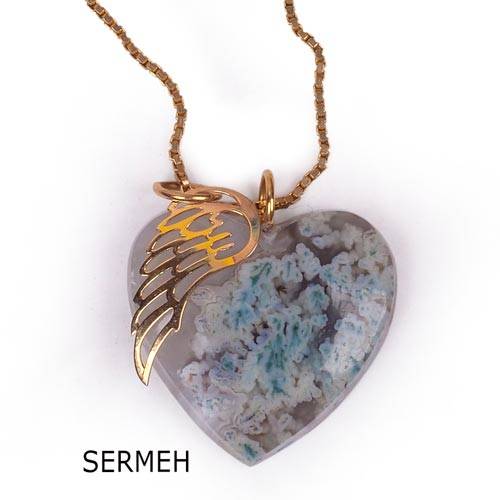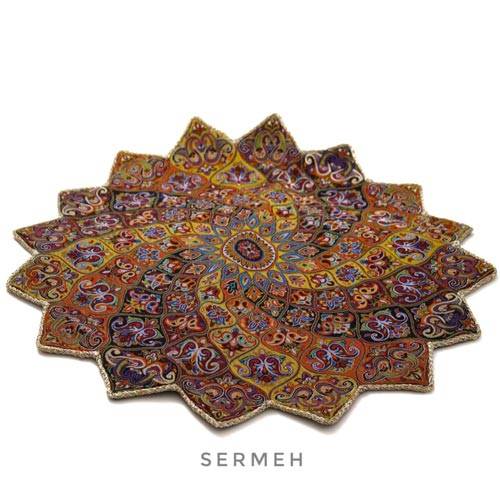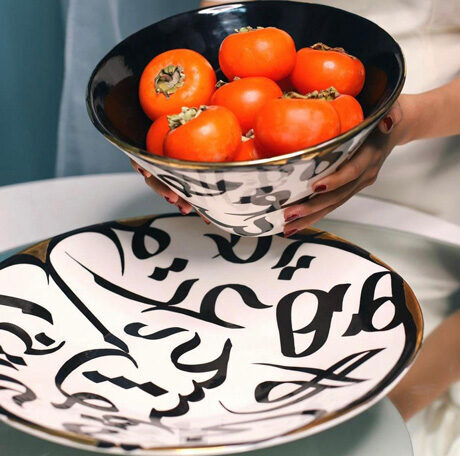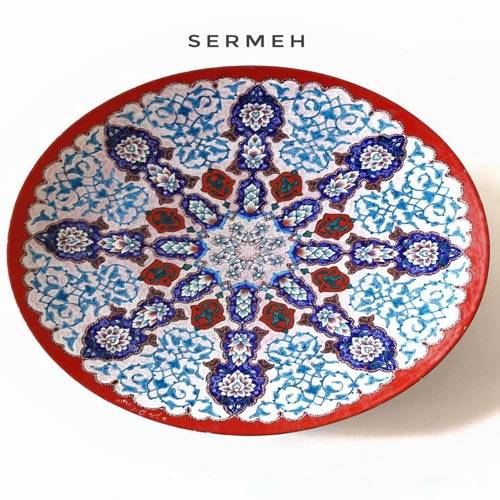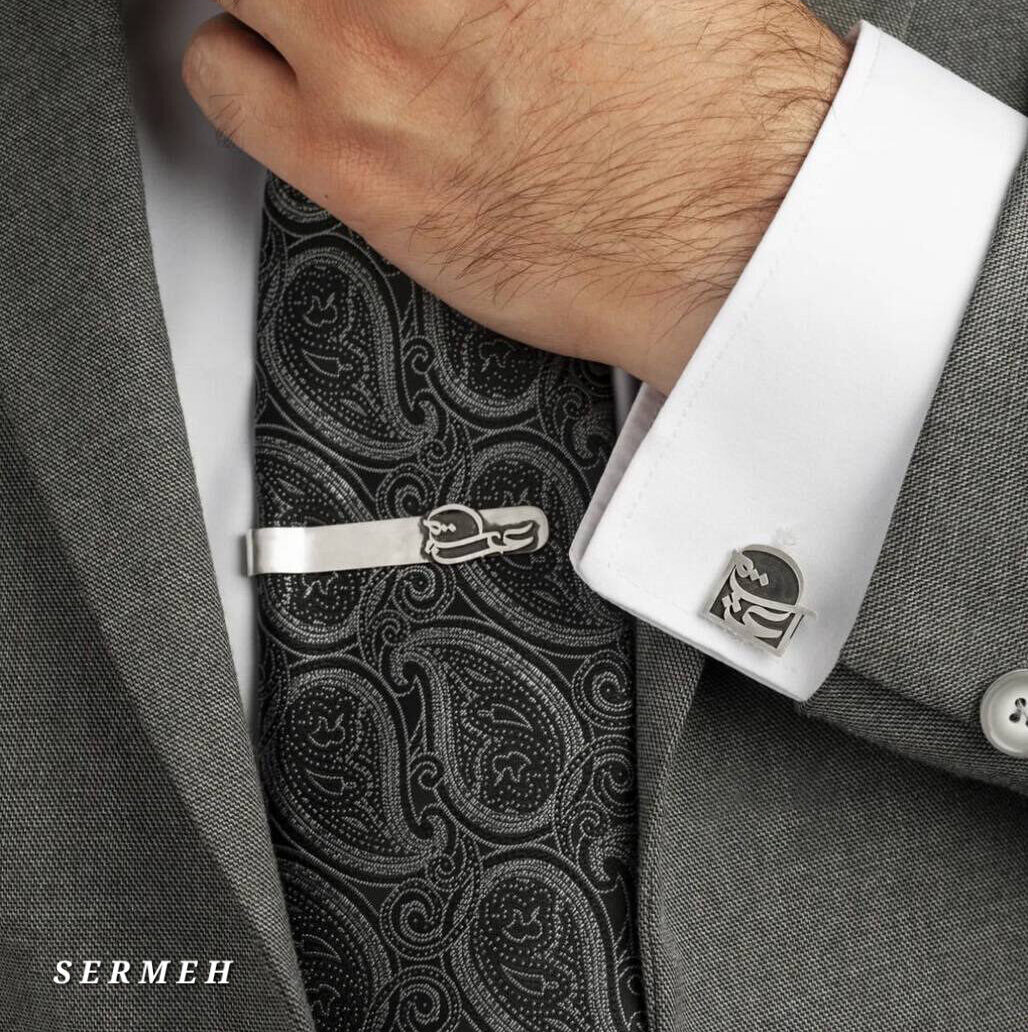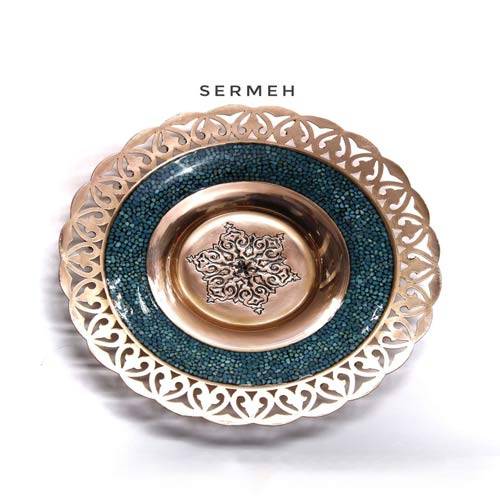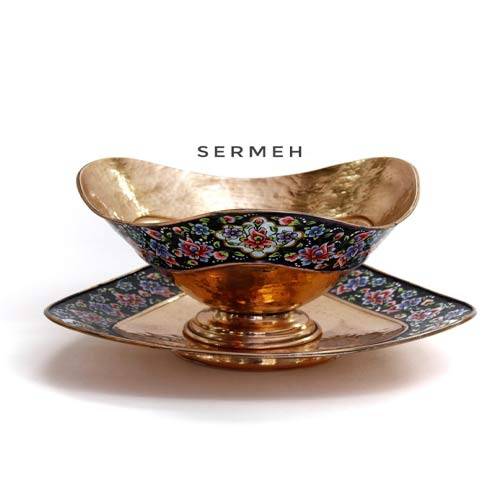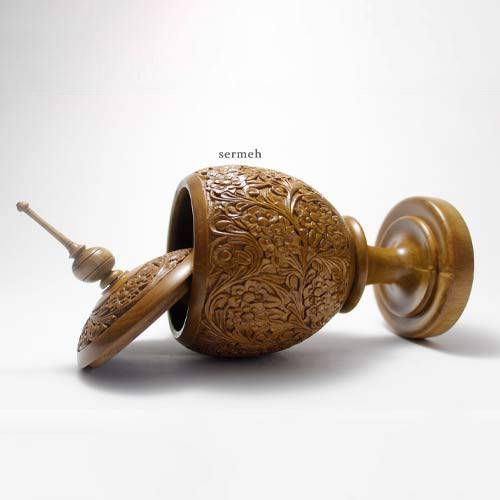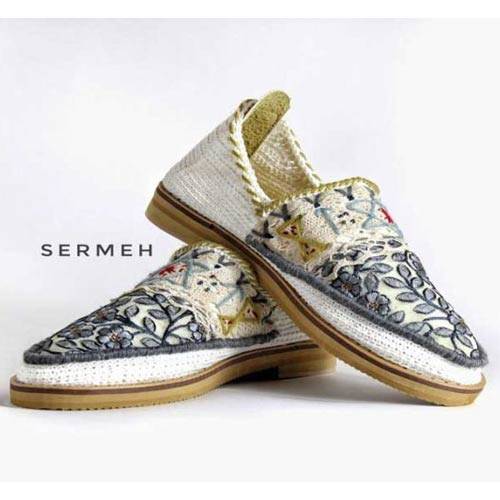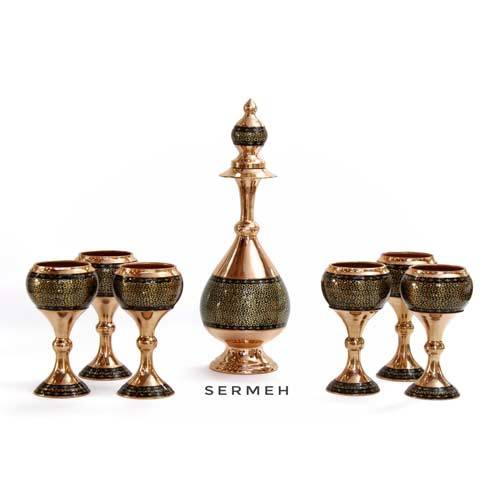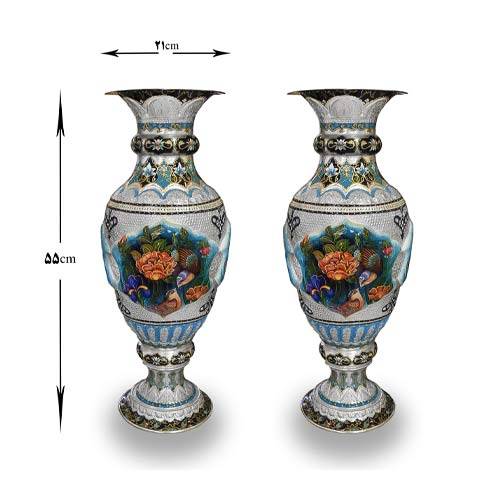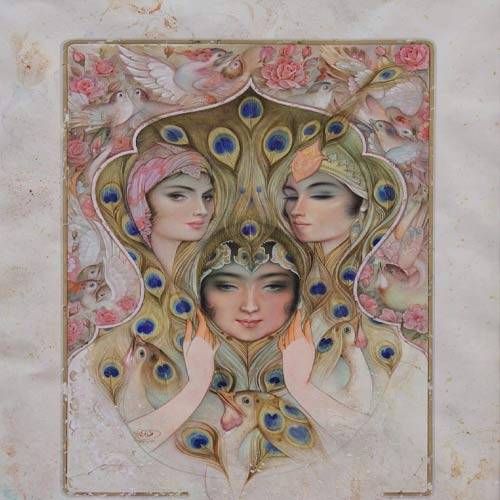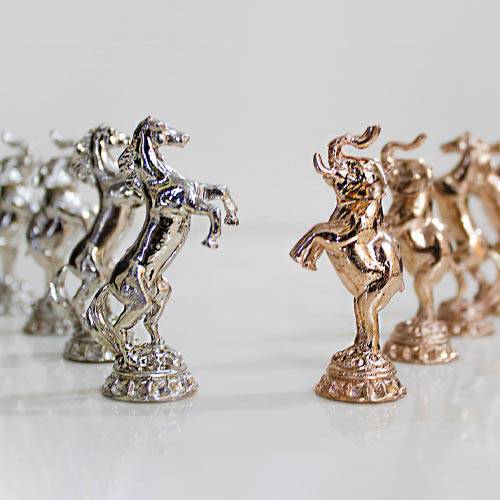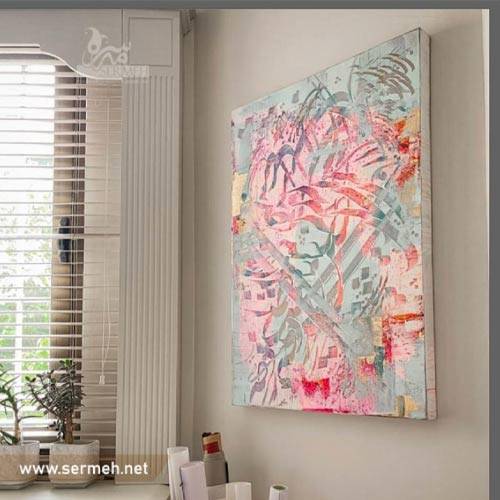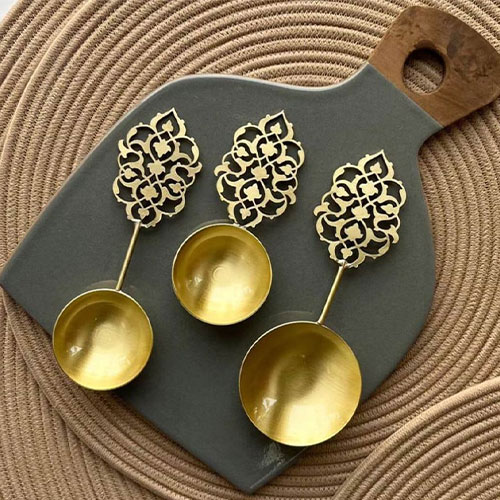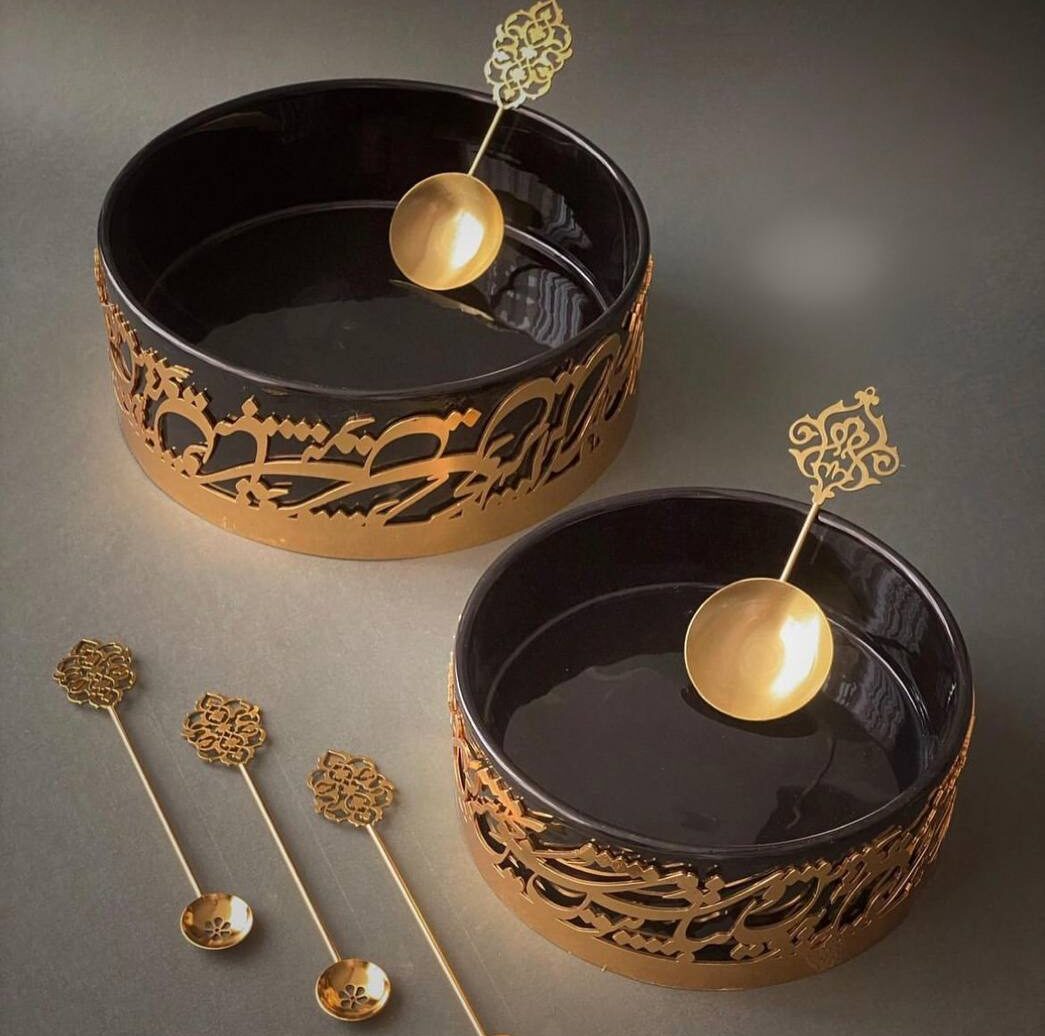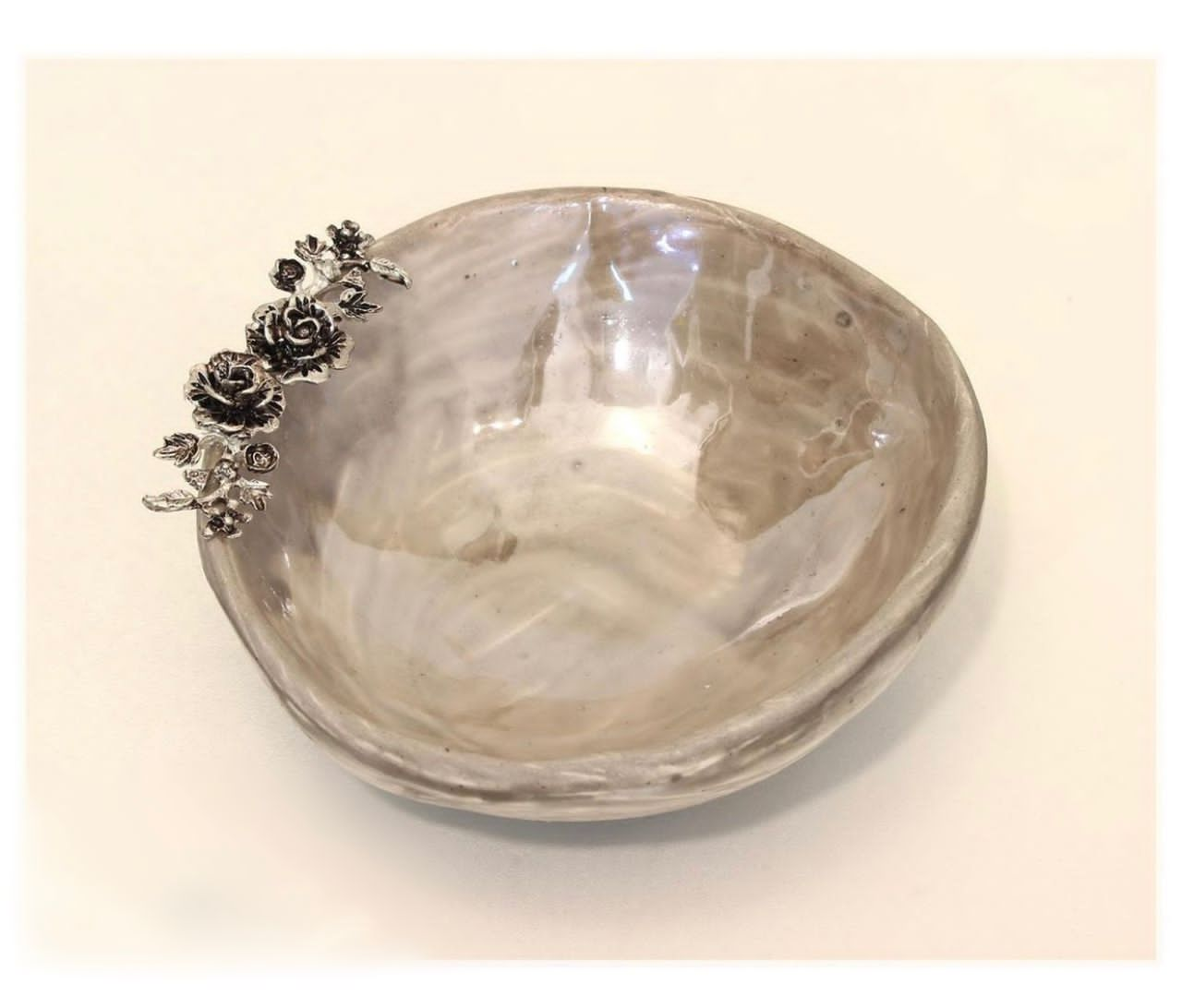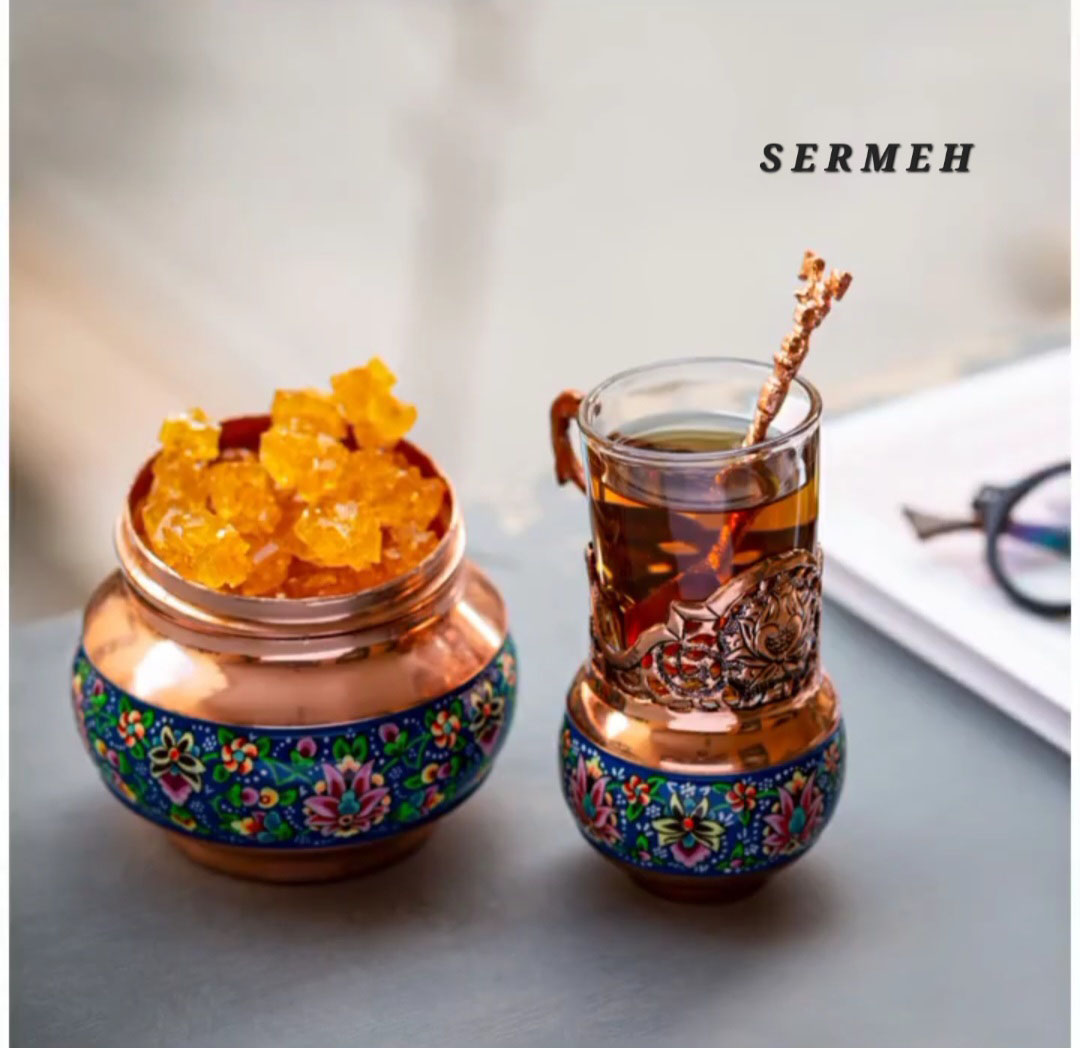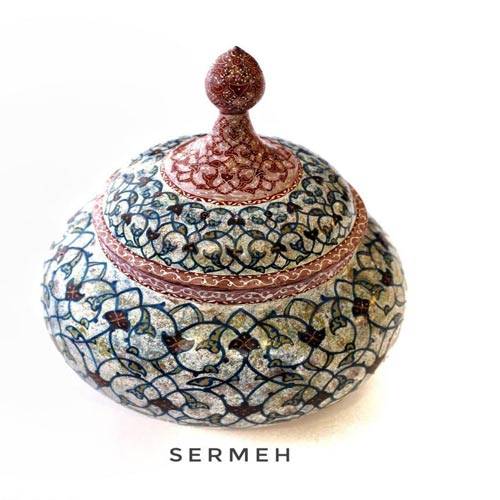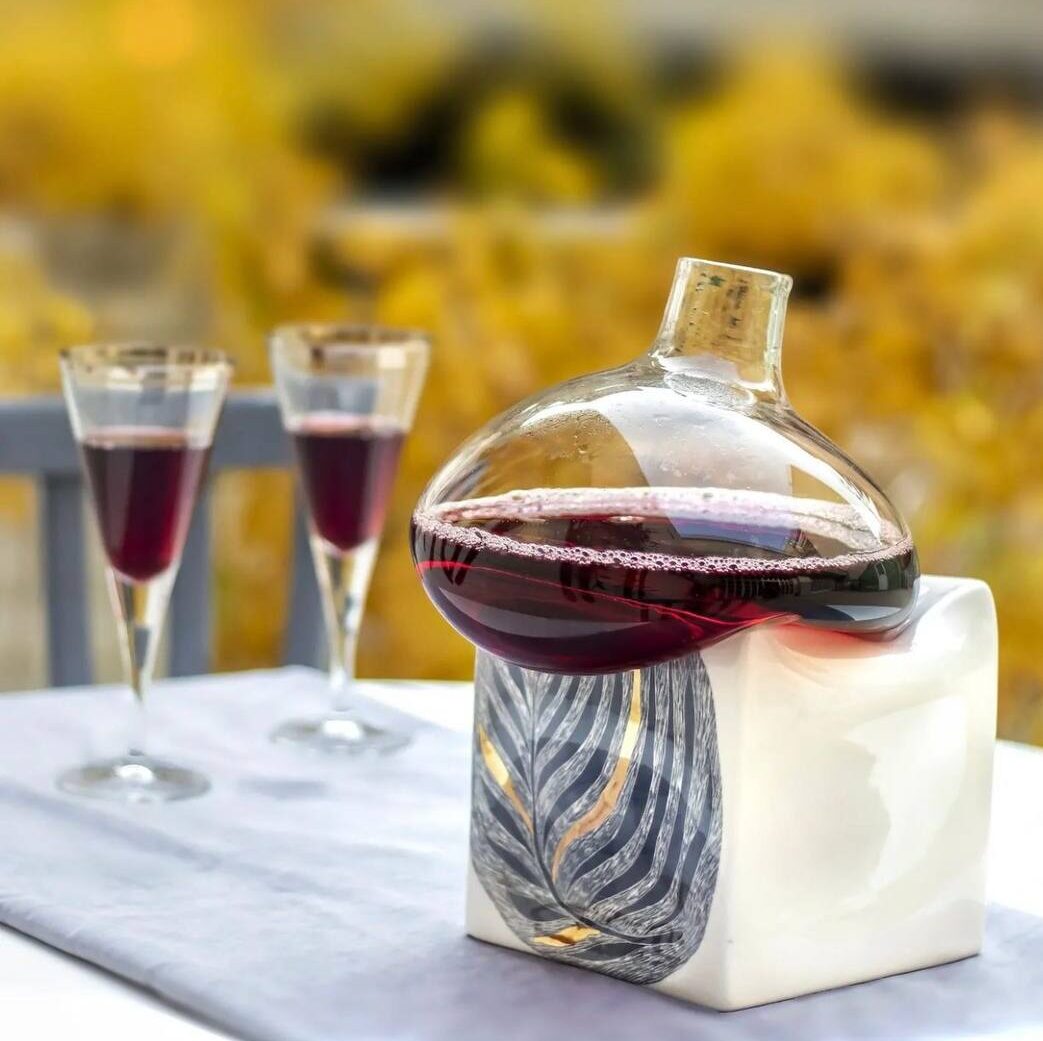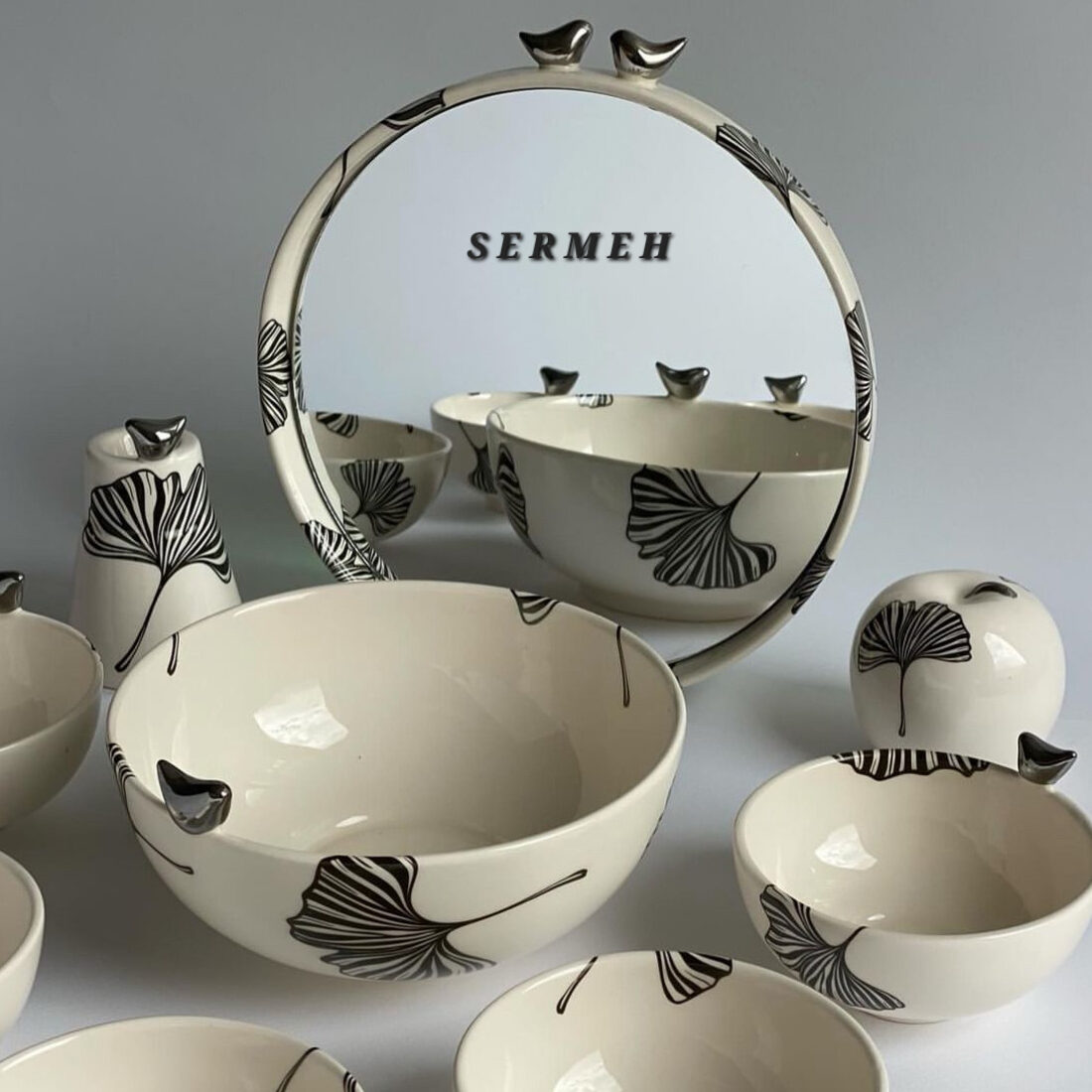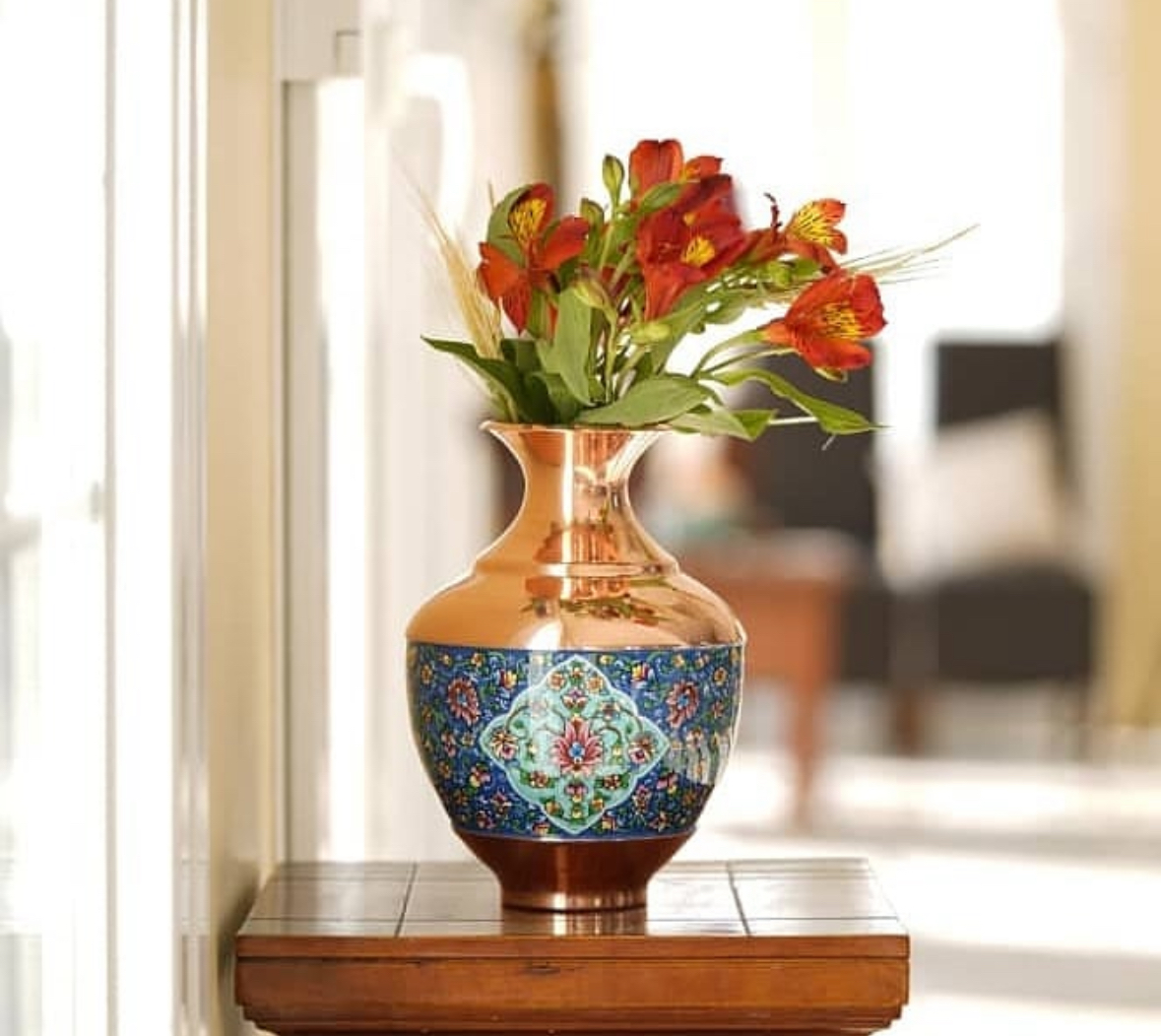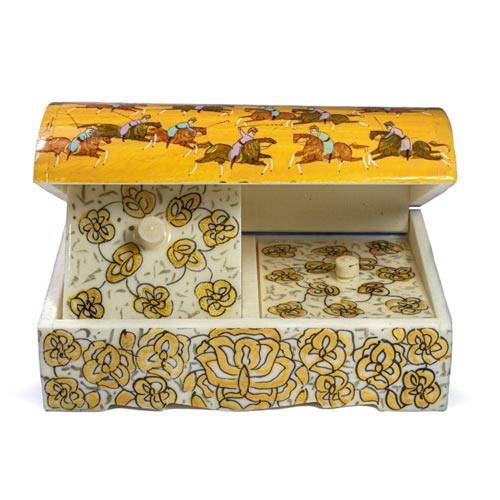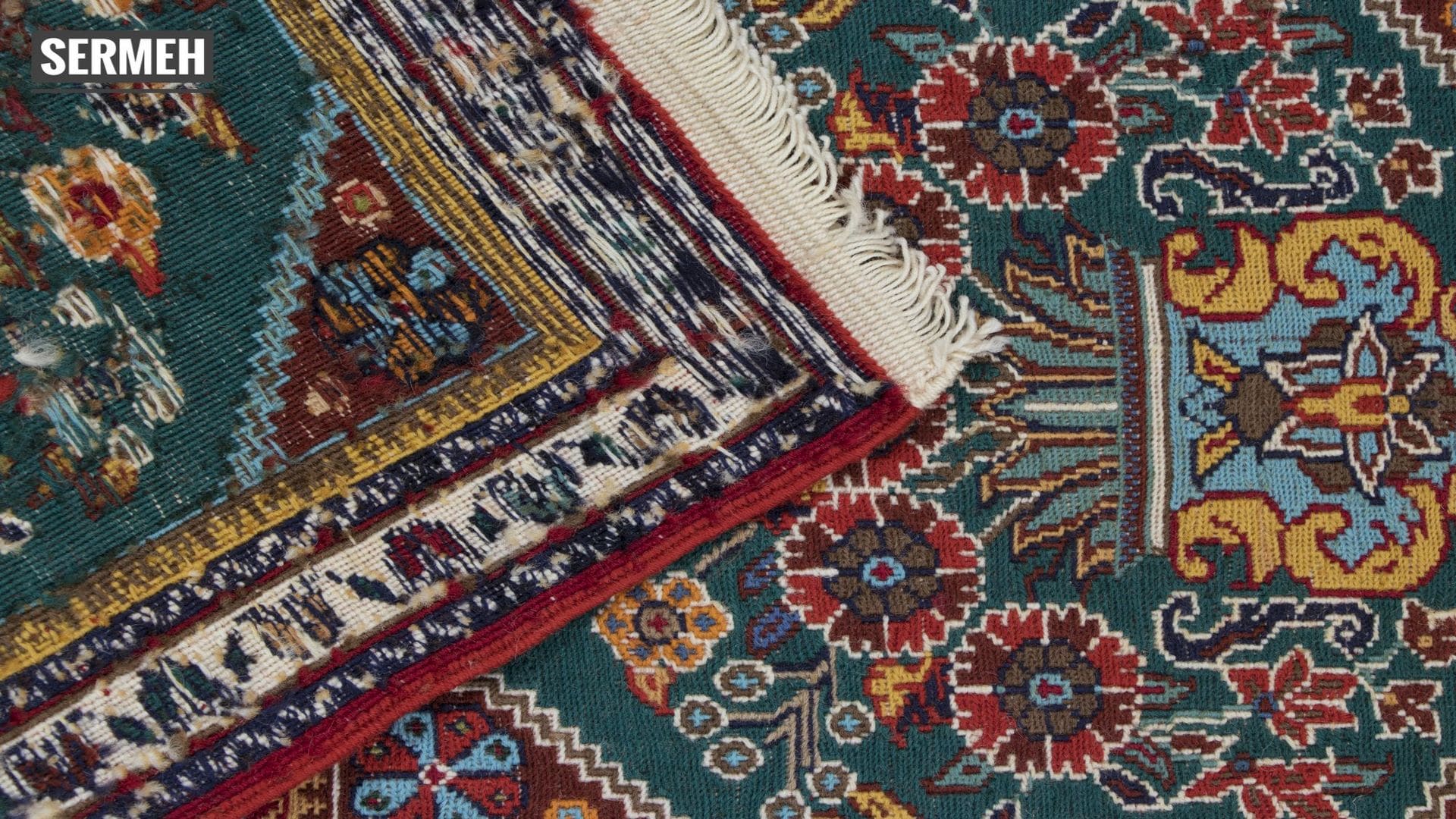Familiarity with different types of kilims
Types of Iranian kilims and their properties: The woven kilim has two rosettes and the back and top are the same.
The warps and wefts in the kilim are placed completely parallel and without angles.
What is a kilim?
A kilim is a hand-woven fabric that is usually woven from the wool of domestic animals.
Each area has its design and is generally used as a carpet.
The texture of the kilim may have changed, and other uses than the carpet among the nomads, such as salt shaker, cover or cloth on the horse, and tent tape.
Kilim colors
The colors of kilims are usually yellow, orange, red, green, dark and light blue, white, cream, etc.
The use of color in kilims is done completely mentally and tastefully, and there is no specific law on how to use colors in kilims.
Each kilim reflects the individual spirit and taste of the weaver by using white, orange, green, red, yellow, blue, navy, brown, and black colors.
Types of kilims in terms of texture
You see the Iranian kilim as a beautiful, impressive, and lint-free underlay in the land of Iran, which is often displayed in the hand-woven form.
Of course, the artistic texture of Iranian kilims is more evident in nomadic tribes and some provinces of Iran.
If you want to know more about Iranian kilim, we suggest you read our similar article about Persian Kilims.
Different types of kilims are woven in three ways:
• Plain weave kilim
In this type of kilim, the wefts pass through the warp one by one.
This kilim is one-sided and a pre-prepared pattern is usually not used for its texture.
The patterns of plain weave kilims are generally geometric and curved patterns are rarely seen in this type of kilim.
• Embossed kilim
This type of kilim has a simple background, but its main design is like a piling rug.
In this way, from the pattern of the carpet, it is tied on the kilim, and at the end, the extra pile is arranged.
• Verni kilim
Verni is a lint-free and one-sided kilim, which is mostly woven without a pattern and mentally by the nomads of the Moghan, Arasbaran, and Meshkinshahr regions of Iran.
Types of kilims in terms of regions of Iran
• Qashqai kilim
Qashqai kilims are one of the most famous Iranian kilims whose design power and energy cannot be found anywhere else.
The limited use of small drawings and some other similarities reminds the viewer of Turkish-textured kilims like Shahsavan.
But at the same time, the unique geometric designs, the delicacy of the wool, and the radiance of their colors go hand in hand to create unique patterns.
Qashqai kilims have slotted cuts and sometimes use natural cotton threads and brown wool.
Qashqai kilims are divided into two categories: kilims with horizontal stripes and central text inside the margins.
• Harsin Kilim
Harsin kilim is woven according to the weaver’s taste and the conditions around him.
In the margin and background of the kilim, the patterns are finely woven and filled, so that there is no space in this kilim.
Harsin kilim colors are mainly limited to white, navy blue, green and red, and more recently magenta.
• Shahsavan Kilim
Similar designs and textures are used by all Shahsavan groups, yet there are subtle differences in color and fringe that distinguish kilims.
Large and embossed patterns are used in all Shahsavan kilims.
These patterns are woven in a row in the kilim and separated by ribbons with more delicate and intricate designs.
• Baluch kilim
Due to the climatic conditions, the Baluches have always expressed the desire to have abundant water resources and meadows in their tissues.
Usually, the whole Baloch kilim is made of striped texture, in each row of which there are different patterns of design and color.
Dark colors such as brown, dark red, camel, and navy blue, and light colors such as green, yellow, and red are used in these kilims.
• Fars kilim
An important part of the kilims produced in Fars province is produced and supplied by Qashqai nomads.
The Kilim’s looms of the nomads and villagers of Fars are completely horizontal and the materials are made of metal.
Vegetable dyes or chemical dyes are used to dye woolen yarns used in kilim weaving.
Fars kilim has original and traditional designs and suitable colors.
• Lor kilim
Lor kilim colors are mostly green, black, blue, and white.
These kilims are of good quality and are among the best handicrafts of the Lor tribes.
The best texture for Lors is a large pouch for storing home furniture.
They weave the edges to make them strong.
• Zarand Kilim
Zarand kilim is woven in a slit and by Shahsavan Turkish tribes.
The special features of Zarand kilim are that it is narrow, long, and, of course, strong and durable.
The designs used in most kilims are flowers and plants and geometric designs such as lattice and bergamot.
• Kurdistan kilim
The raw materials required for the production of kilim are double-spun woolen yarn, dyes for kilim weaving, and cotton yarn is used.
Colors include red, light pink, dirty pink light green and dark green, navy blue and light blue and dark blue, black, light brown and dark brown, dark red, olive, and yellow.
The common kilim’s loom weaving poles in Kurdistan are completely vertical and about 80% of them are made entirely of metal and the other 10% are made of wood.
• Khamseh kilim
The most common design of kilims is a dark natural background on which diagonal stars are woven in the shape of a rhombus.
Star kilims are mostly woven narrowly and then sewn together.
If you want to know more about the Iranian kilim, we suggest you read our similar article about the kilim of Sirjan.

